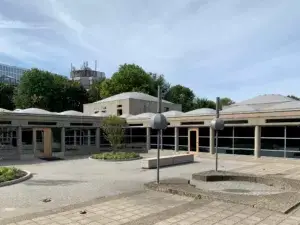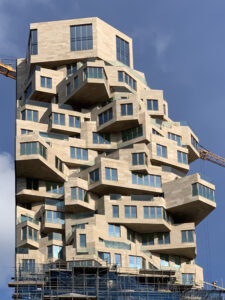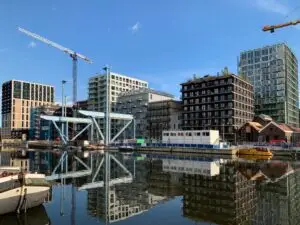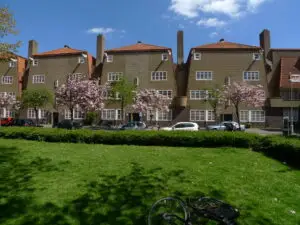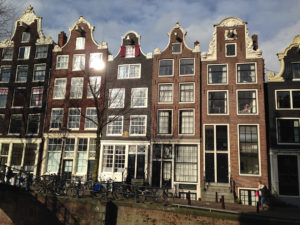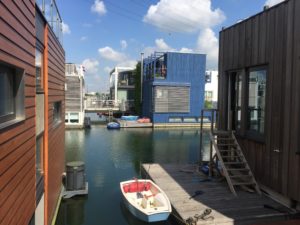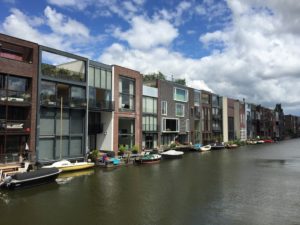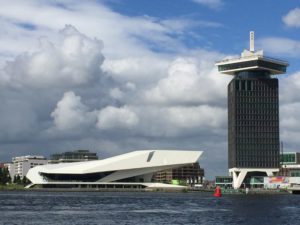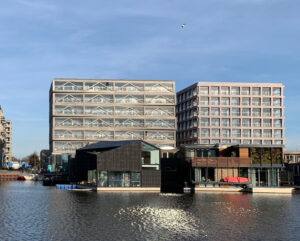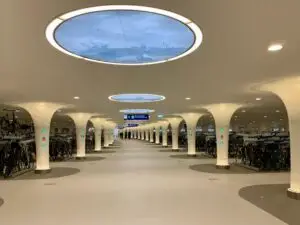From Berlage to Van Eyck
- Amsterdam
- Duration: 3–4 hours
- Date and time to be defined
- max. 15 participants per guide
- by bike
- Contact us for a quote!
Amsterdam offers a wealth of urban planning and architecture from the pre- and post-war periods. The south of the city in particular is a veritable open-air museum of modernism. Most of the buildings were designed by architects of the expressionist Amsterdam School, but there are also some impressive examples of Functionalism — most notably the building of the Open-Air School by Jan Duiker. In the 1950s, Functionalism was replaced by Structuralism. The best-known icon of this school was created by Aldo van Eyck: an orphanage for 125 children. Twenty years later, Herman Hertzberger further developed the typical spatial construction of structuralism in his design for the Apollo Schools.
On this tour you will experience several representative examples of Dutch modernism, from works of the Amsterdam School to Structuralism.
Programme: From Berlage to Van Eyck
Housing compound De Dageraad by Michel de Klerk and Piet Kramer (1920)
Housing block by Piet Zanstra (1934) and Margaret Kropholler (1923)
Residential highrise by J.F. Staal (1938)
Drive-in houses by Willem van Tijen, Mart Stam, Huig Maaskant and Lotte Stam- Beese (1937)
1st Montessori school by Willem van Tijen (1935)
Open Air School by Jan Duiker (1938)
Apollo schools by Herman Hertzberger (1983)
Orphanage by A. van Eyck (1960)


